
Snakes are often viewed as formidable predators, but even they fall prey to other animals in the food chain. From birds of prey to mammals and even other snakes, numerous predators have adapted to hunt and consume snakes, including venomous ones. Some animals are immune to snake venom, while others rely on speed, strength, or clever hunting techniques. Here are some predators that eat snakes, plus a surprising bonus entry.
Wolverines: Ruthless Predators

Wolverines are notorious for their indiscriminate eating habits. These powerful predators will take on almost anything, including rodents, frogs, birds, and snakes. Remarkably, wolverines have even been known to attack and consume cobras. Their ferocity and relentless nature make them one of the most feared animals in the wild.
Mongooses: Venom-Immune Hunters
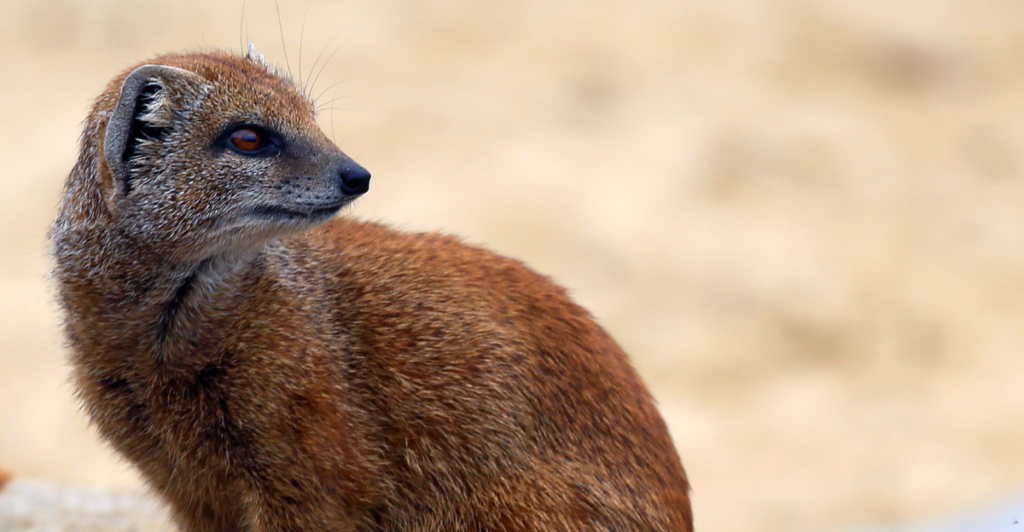
The mongoose is famous for its unique resistance to venom. Special acetylcholine receptors allow them to survive bites from deadly snakes like cobras. Mongooses are agile, fearless hunters that use their quick reflexes to strike and kill snakes, making them one of the snakes’ most effective predators.
Kingsnakes: Masters of Snake-on-Snake Combat
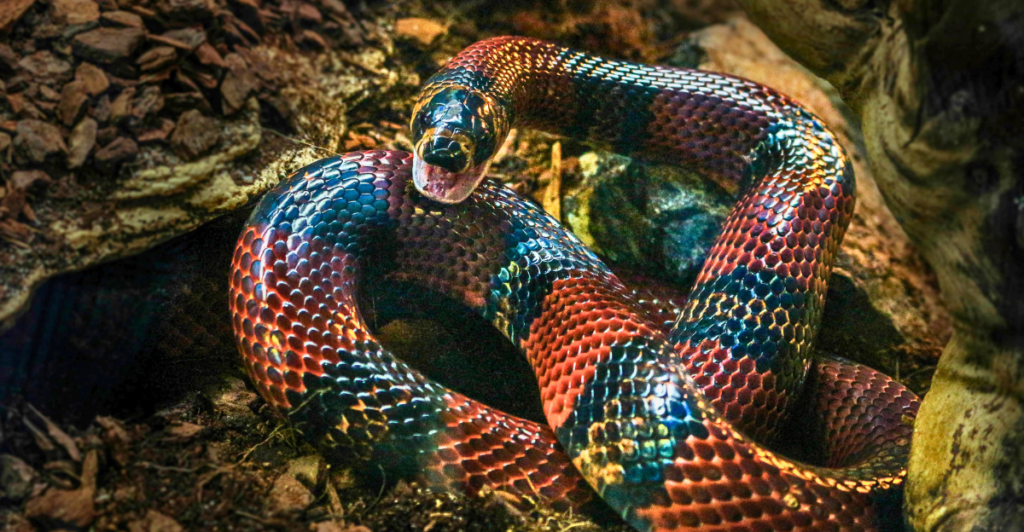
Kingsnakes are well-known for their ability to hunt and kill other snakes, even venomous species. They subdue their prey through constriction, earning their title as “king” in the snake kingdom. Whether in forests or deserts, kingsnakes dominate their territory by feeding on their own kind.
Snake Eagles: Deadly Aerial Predators
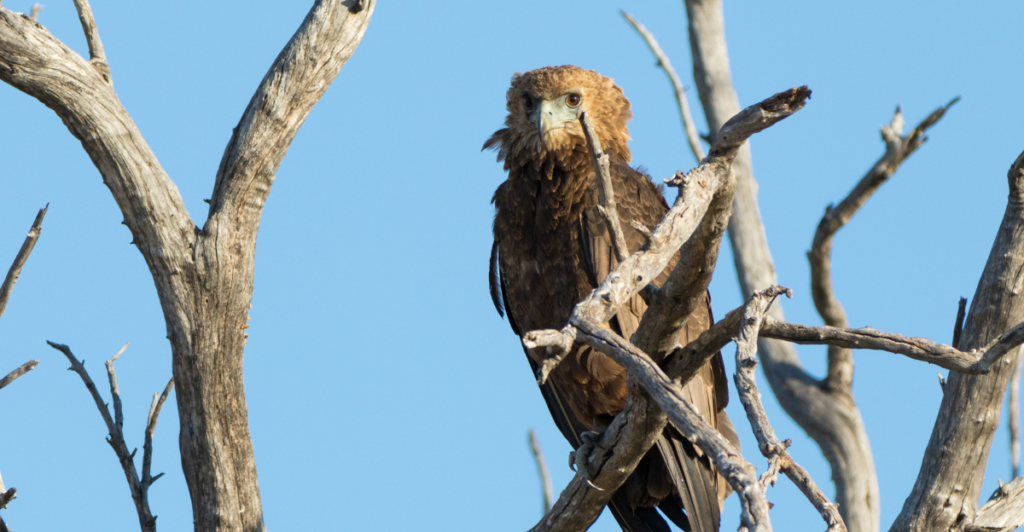
Snake eagles are one of the most feared snake predators. These birds of prey can decapitate and swallow a snake mid-flight. With exceptional eyesight, they spot snakes from the sky, swoop down, and grab them with their talons. In the air, they strike swiftly, ensuring their prey has no chance to escape.
Bobcats: Opportunistic Hunters
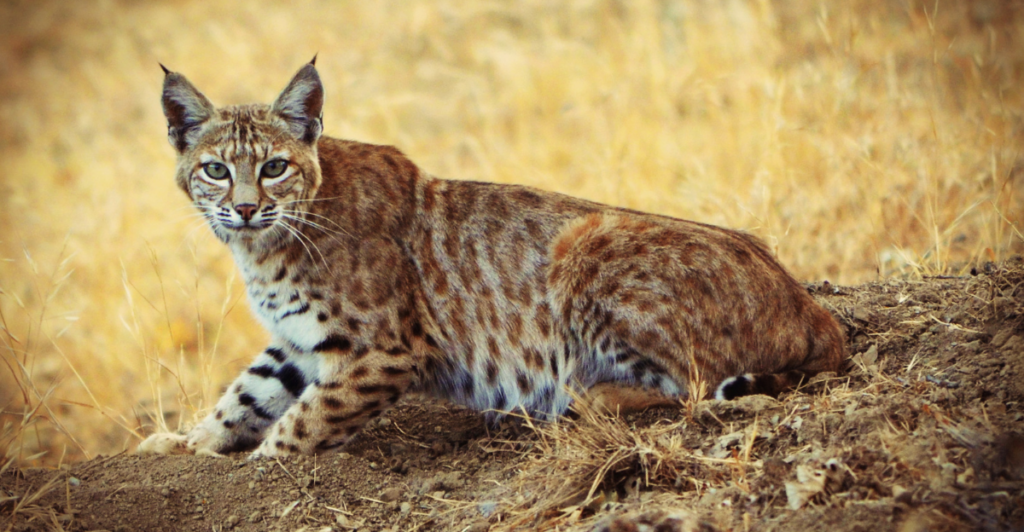
Bobcats are versatile predators that feast on rabbits, rodents, lizards, and snakes. Known for their stealth and agility, bobcats are not intimidated by venomous snakes. They have been observed hunting rattlesnakes in desert environments, making them adaptable and opportunistic predators.
Hedgehogs: Immune to Toxins

Hedgehogs possess a remarkable immunity to various toxins, allowing them to eat dangerous creatures like spiders, scorpions, and venomous snakes. During their nightly hunts, hedgehogs consume small animals and insects, taking full advantage of their ability to withstand otherwise fatal bites.
Scottish Terriers: Snake-Hunting Dogs

Scottish Terriers, along with other terrier breeds, have been bred to hunt small, fast-moving animals, including snakes. While dogs don’t naturally prey on snakes, their hunting instincts drive them to chase and kill snakes that cross their paths. These dogs are especially effective at keeping snake populations under control on properties.
Honey Badgers: Fearless and Venom-Resistant

Honey badgers are legendary for their resistance to venom and their ability to take on deadly snakes like king cobras and puff adders. Even if bitten, honey badgers can recover after a brief period of paralysis. During warmer months, snakes make up a significant portion of their diet, cementing their reputation as fearless predators.
King Cobras: Snake-Eating Snakes

King cobras, the world’s longest venomous snakes, are aptly named for their diet. Their scientific name, Ophiophagus hannah, translates to “snake eater,” and they specialize in hunting and consuming other snakes. With an acute sense of smell, king cobras actively seek out their prey, often consuming the snake’s head first.
Secretary Birds: Deadly Kicks
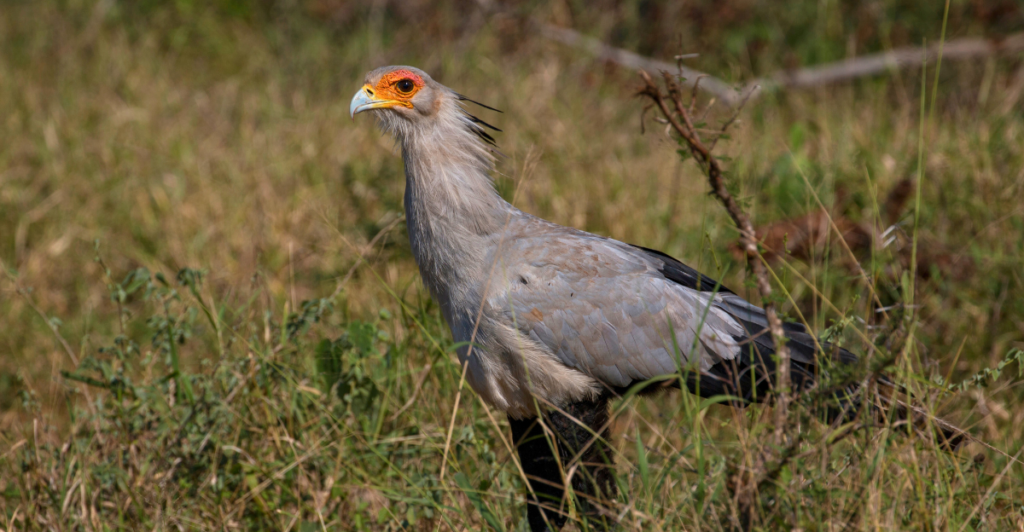
Secretary birds are unique predators that hunt snakes on foot instead of from the air. With powerful crane-like legs, they deliver lightning-fast kicks to strike and kill venomous snakes. A single kick is often enough to crush a snake’s head, but their speed allows for follow-up strikes if needed.
Owls: Nighttime Snake Hunters

Owls are opportunistic hunters that will eat snakes if available. Species like the great horned owl, barred owl, and burrowing owl are particularly known for preying on smaller snakes. With sharp talons and excellent night vision, owls easily overpower snakes such as garter snakes, rat snakes, and ribbon snakes.
Humans

While not commonly consumed in Western cultures, snakes are a food source in various parts of the world. Snake meat is considered exotic and nutritious, with rattlesnakes, pythons, and cobras being among the most consumed species. Proper preparation and thorough cooking are essential to ensure safety when eating snakes.
Nature’s Balance: Predators Keep Snake Populations in Check
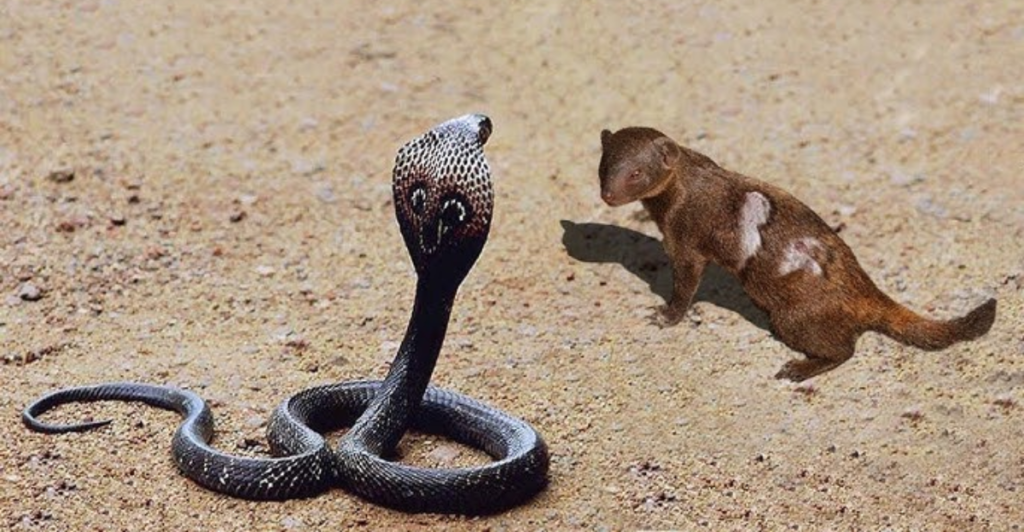
The diverse range of predators that hunt snakes plays a crucial role in maintaining ecological balance. From mammals and birds to reptiles and even humans, these animals help regulate snake populations, preventing them from becoming overly abundant. Each predator has adapted unique techniques and defenses, proving that even snakes are not safe from the circle of life.
Stay connected with us for more stories like this! Follow us to get the latest updates or hit the Follow button at the top of this article, and let us know what you think by leaving your feedback below. We’d love to hear from you!







